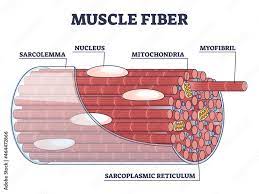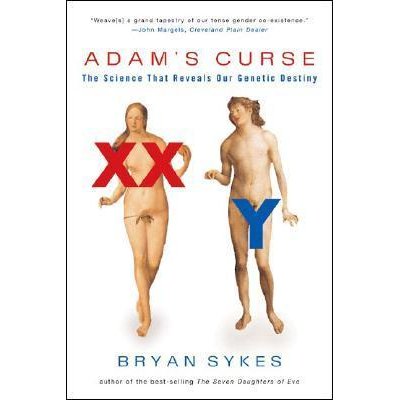B2.3.1 Production of unspecialised cells following fertilisation and their development into specialized cells by differentiation
Activity: Write a question that comes to your mind after watching the movie on Salamanders.
A human embryo consists of a ball of unspecialised cells. This means they have no specific purpose, except for to keep dividing until a larger mass of cells is formed and then specialisation begins.
Specialisation is the process where unspecialised cells begin to develop the ideal structure and biochemistry to carry out a unique role. There are 220 unique specialised cells in the human body, but each of these developed from an unspecialised embryonic cell.
All somatic cells contain the same DNA. However, not all genes are expressed. It is the varying expression of genes in different cells that allows for specialisation to occur, and the position of those cells in the embryo defines which tissues they will become (eg. cells towards the top of the embryo are likely to become part of the spinal cord and brain).
B2.3.2 Properties of Stem Cells
Stem cells are undifferentiated cells, which are capable of division and specialisation to form specific cell types.
Stem cells can be found in:
- embryos (totipotent, or most powerful)
- umbilical cords (pluripotent or second most powerful)
- bone marrow (multipotent or can only become types of blood cells)
- meristem tissue in plants.
- Hidden in many parts of the body including the heart, brain, skin.
B2.3.3 Location and function of stem cell niches in adult humans
The location of stem cells within the tissued of the human body are called stem cell niches.
To harbor stem cells, these microenvironments must provide for the perfect conditions to harbor stem cells so that they remain inactive and undifferentiated, but ready to divide rapidly and differentiate when required.


Striated muscle (which is an exception to cell theory), is highly regenerative if the muscle fibers are torn. Body builders often use ´rest days´ where they avoid training certain muscle groups after intense sessions.
Discuss: Can you explain these rest days in terms of stem cells and stem cell niches?
B2.3.4 Differences between totipotent, pluripotent and multipotent stem cells
- Totipotent stem cells are the most powerful stem cells, because they can become any of the 220 different types of human cells. They are also the most controversial as they are only found in early stage human embryos.
- Pluripotent stem cells are the second most powerful, because they can become most kinds of cells.
- Multipotent stem cells are still useful, but can only be used to produce a narrow range of cells.
Discuss the ethical implications of the following with your peers:
- Future beef for human consumption may be created from stem cell tissues of cow striated muscle, instead of from whole cows.
- It may be possible to grow and replace entire human organs from totipotent or pluripotent stem cells, growing them in vitro.
B2.3.5 Cell size as an aspect of specialisation
There is a large variation in cell size and shape. This is one of the most obvious aspects of cell specialisation.
Task: Discuss the size of the following cells and try to link it to their function
- Sperm cells: 50μm long, but extremely narrow (5μm)
- Red blood cells: 7μm in diameter and flattened in the middle to just 1μm thick
- Motor neurons: Cell body 20μm in diameter, 1 meter long extended axon.
- Striated muslec fibers: 20-100μm in diameter and up to 1o or more cm long.
B2.3.6 Surface area-to-volume ratios and constraints on cell size
The more volume a cell has, the more space there is for metabolic reactions.
The more surface area a cell has, the faster the supply of oxygen and essential nutrients by exchange with the exterior. The export of toxic waste products and excess heat will also be faster.
The surface area:volume ratio of a cell is a critical factor in determining the specialisation of that cell.
20 Minutes Challenge TASK:
Make a three-dimensional model of a specialised cells, as accurately as you can regarding form.
Calculate the magnification of your model
Think of a way to estimate surface area of your cell model
Think of a way to estimate volume of your cell model
Taking the necessary steps, calculate the surface area:volume ratio of your cell model.
Present your findings, discuss how the surface area:volume ratio of your cell relates to its function in the body.





